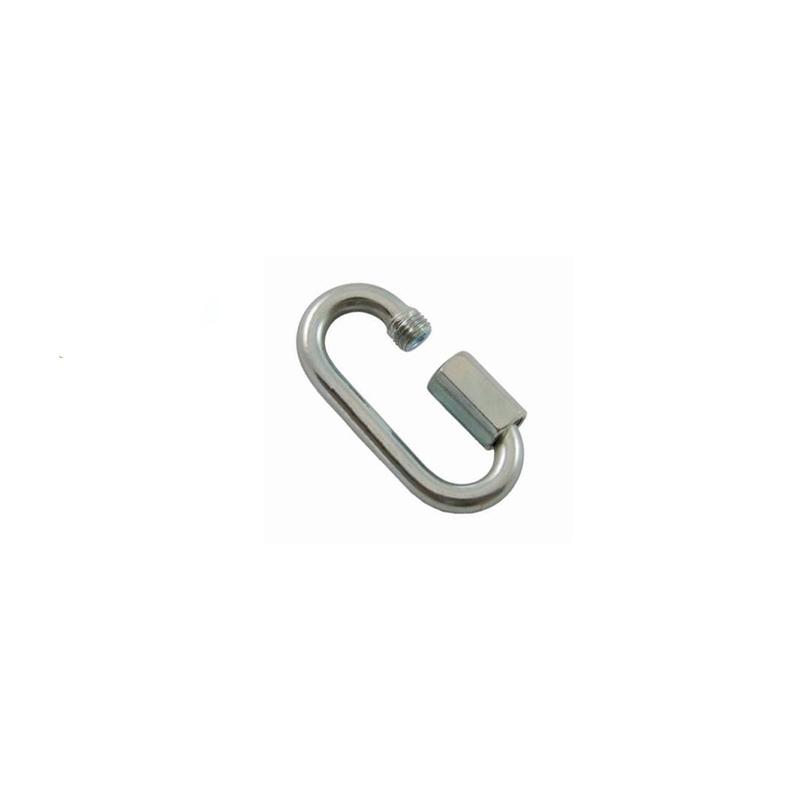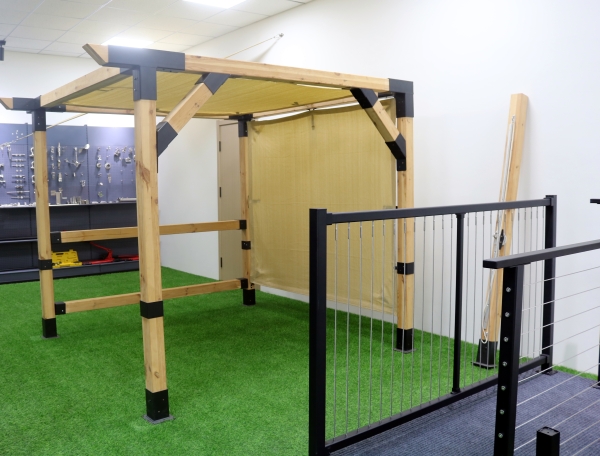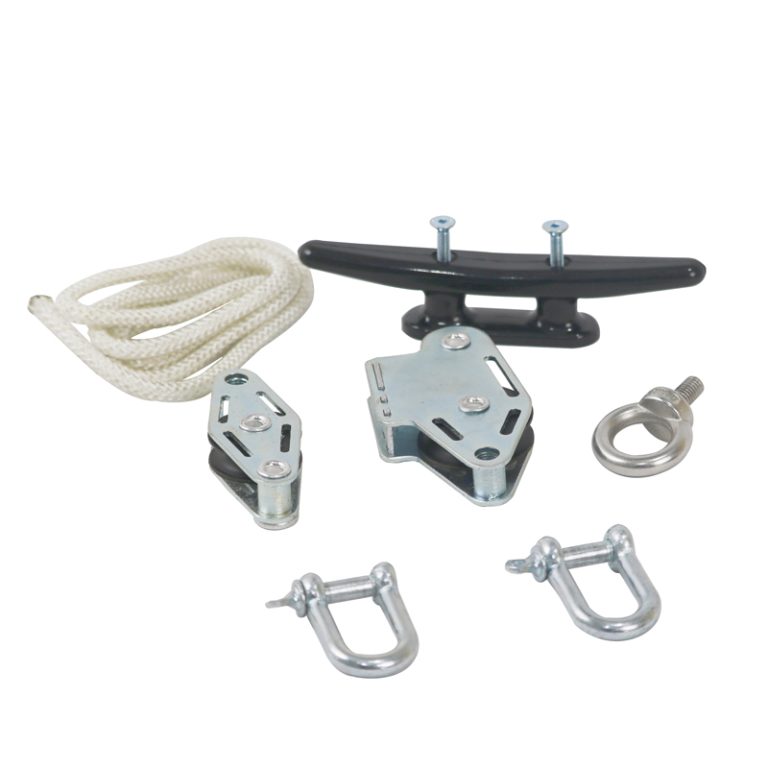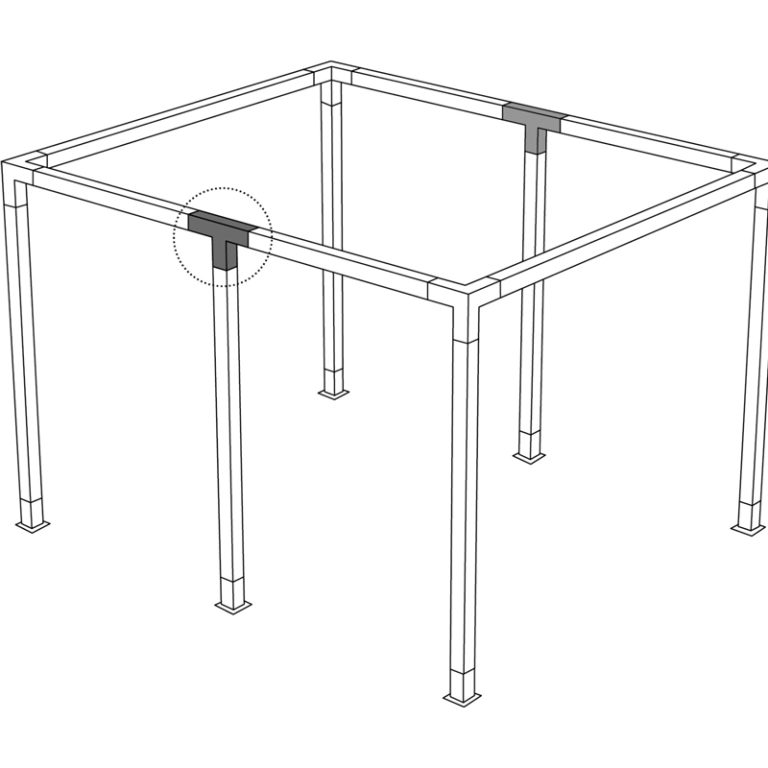Table of Contents
ステンレスボルト・ナットの適正サイズの重要性
構造上の懸念に加えて、ステンレス鋼のボルトとナットの適切なサイズは、美観上の理由からも重要です。特定の用途に対して大きすぎるまたは小さすぎるファスナーを使用すると、プロジェクト全体の外観が損なわれる可能性があります。自動車や建築デザインなど、美観が優先される業界では、洗練されたプロフェッショナルな外観を実現するために、適切なサイズの留め具を選択することが不可欠です。
ステンレス鋼のボルトとナットの適切なサイズを確保するには、業界標準を参照することが重要です。そしてガイドライン。米国規格協会 (ANSI) と国際標準化機構 (ISO) は、ファスナーのサイズ、ねじピッチ、および公差に関する仕様を発行しています。これらの規格は、メーカー、エンジニア、設計者に共通の基準点を提供し、さまざまなアプリケーション間での一貫性と互換性を確保します。
ステンレス鋼ボルトを選択する際には、業界標準に加えて、プロジェクトまたはアプリケーションの特定の要件を考慮することも重要です。そしてナッツ。耐荷重、耐食性、環境条件などの要因が、ファスナー サイズの選択に影響を与える可能性があります。たとえば、高応力の用途では、十分な強度と耐久性を確保するために、より大きな直径のボルトを使用する必要がある場合があります。
結論として、ステンレス鋼のボルトとナットのサイズを理解することは、適切なフィット感、機能性、および耐久性を確保するために不可欠です。プロジェクトまたはアセンブリの外観。業界標準とガイドラインに従い、特定の用途の特定の要件を考慮することで、エンジニアと設計者は、ニーズに合った適切なサイズのファスナーを選択できます。ステンレス鋼のボルトとナットの適切なサイズは締結具の選択の重要な側面であり、どのようなプロジェクトや設計においても軽視すべきではありません。
ステンレスボルト・ナットのサイズの決め方
ステンレス製のボルトやナットは、建設、自動車、製造業などさまざまな業界に欠かせない部品です。これらの留め具は、2 つ以上の部品をしっかりと結合するために使用されます。ただし、アセンブリの構造的完全性と安全性を確保するには、正しいサイズのステンレス鋼ボルトとナットを選択することが重要です。この記事では、ステンレス鋼のボルトとナットの正しいサイズを決定する方法について説明します。
ステンレス鋼のボルトとナットの適切なサイズを選択する場合、考慮すべき要素がいくつかあります。最初のステップは、ボルトの直径を決定することです。ボルトの直径は、ねじ山を除いたシャンク全体で測定されます。ステンレス鋼ボルトの一般的な直径は 1/4 インチから 1 インチの範囲ですが、頑丈な用途にはより大きな直径も利用できます。
ボルトの直径を決定したら、次のステップは適切な長さを選択することです。ボルトの長さは、頭の先端からシャンクの端までを測定します。部品をしっかりと固定するのに十分な長さのボルトを選択することが重要ですが、長すぎて過度に突き出ないようにすることが重要です。一般に、ボルトの長さは、接合される部品の厚さと少なくとも同じである必要があります。
直径と長さに加えて、ボルトのねじ山のピッチを考慮することも重要です。ねじピッチとは、ボルトのねじ山の間の距離を指します。ステンレス鋼ボルトの一般的なねじピッチには、並目 (UNC) と細目 (UNF) があります。並目ねじボルトは汎用用途に使用され、細目ねじボルトはより高い強度と精度が必要な用途に好まれます。
ステンレス鋼ボルトとナットの正しいサイズを選択する際のもう 1 つの重要な考慮事項は、材料のグレードです。ステンレスのボルトやナットにはさまざまなグレードがあり、それぞれ性質や強度が異なります。ステンレス鋼ボルトの一般的なグレードには、18-8、304、および 316 があります。材料のグレードは、耐食性、強度、耐熱性などの用途の特定の要件に基づいて選択する必要があります。
ボルトのサイズとグレードに加えて、ヘッドの種類と駆動形式を考慮することも重要です。ステンレス鋼ボルトは、六角、ソケット、平などのさまざまな頭のスタイルで利用できます。ヘッドのスタイルは、アプリケーションのアクセスしやすさとトルク要件に基づいて選択する必要があります。同様に、プラス、マイナス、六角などのボルトの駆動形式は、取り付けに使用できる工具に基づいて選択する必要があります。
結論として、ステンレス鋼のボルトとナットの正しいサイズを選択することは、構造上の安全性を確保するために不可欠です。アセンブリの完全性と安全性。直径、長さ、ねじピッチ、グレード、ヘッドのスタイル、ドライブのスタイルなどの要素を考慮することで、特定の用途に適したファスナーを選択できます。プロジェクトに適したステンレス鋼のボルトとナットのサイズがわからない場合は、専門のエンジニアまたはサプライヤーに相談して指導を受けてください。

Once you have determined the diameter of the bolt, the next step is to select the appropriate length. The length of a bolt is measured from the tip of the head to the end of the shank. It is important to choose a bolt that is long enough to securely fasten the parts together but not too long that it protrudes excessively. In general, the length of the bolt should be at least equal to the thickness of the parts being joined.
In addition to the diameter and length, it is also important to consider the thread pitch of the bolt. The thread pitch refers to the distance between the threads on the bolt. Common thread pitches for stainless steel bolts include coarse (UNC) and fine (UNF). Coarse thread bolts are used for general-purpose applications, while fine thread bolts are preferred for applications requiring higher strength and precision.
Another important consideration when selecting the correct size of stainless steel bolts and nuts is the grade of the material. Stainless steel bolts and nuts are available in various grades, each with different properties and strengths. Common grades of stainless steel bolts include 18-8, 304, and 316. The grade of the material should be chosen based on the specific requirements of the application, such as corrosion resistance, strength, and temperature resistance.
In addition to the size and grade of the bolt, it is also important to consider the type of head and drive style. Stainless steel bolts are available with different head styles, such as hex, socket, and flat. The head style should be selected based on the accessibility and torque requirements of the application. Similarly, the drive style of the bolt, such as Phillips, slotted, or hex, should be chosen based on the tools available for installation.
In conclusion, selecting the correct size of stainless steel bolts and nuts is essential for ensuring the structural integrity and safety of an assembly. By considering factors such as diameter, length, thread pitch, grade, head style, and drive style, you can choose the right fasteners for your specific application. If you are unsure about the correct size of stainless steel bolts and nuts for your project, consult with a professional engineer or supplier for guidance.







